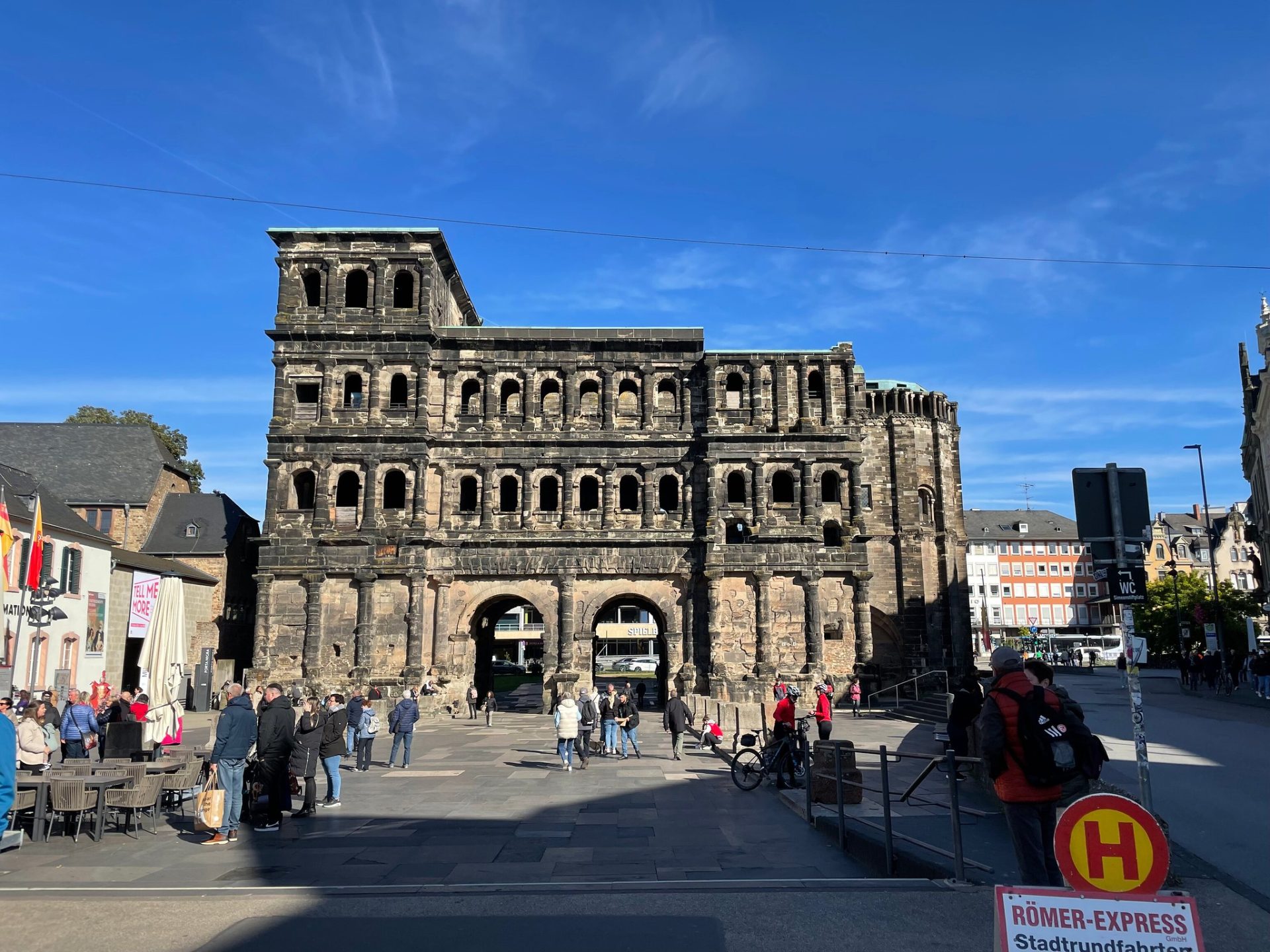Trier, Germany, is one of the oldest cities in the country, with a history stretching back over 2,000 years to its founding by the Romans in 16 BC. Known as “Augusta Treverorum” during the Roman Empire, Trier became an important administrative center and is renowned for its remarkably well-preserved Roman monuments, as well as its impressive array of religious buildings, including both Protestant and Catholic churches.
Protestant and Catholic Churches
Trier is home to several significant churches that highlight its rich Christian heritage. The Trier Cathedral (Dom St. Peter) is the oldest cathedral in Germany, with its origins dating back to Roman times. Built on the foundation of a Roman palace, the current structure showcases Romanesque, Gothic, and Baroque architectural styles due to its many expansions and renovations over the centuries. It houses the Holy Robe, which, according to tradition, is the tunic worn by Jesus Christ at the time of his crucifixion.
Adjacent to the cathedral is the Church of Our Lady (Liebfrauenkirche), a stunning Gothic masterpiece and one of the earliest Gothic churches in Germany. This Catholic church, with its intricate vaults and stained-glass windows, is a UNESCO World Heritage Site.
Trier also has a vibrant Protestant community. The Evangelical Church of the Holy Trinity (Evangelische Kirche zum Heiligen Kreuz), a historic Protestant church, is an important site for the Lutheran community. Built in the late 19th century, it stands as a testament to the city’s religious diversity, especially following the Reformation.
The Black Gate (Porta Nigra)
One of Trier’s most famous landmarks is the Porta Nigra, or “Black Gate,” a massive Roman city gate built around 170 AD. It is the largest surviving Roman gate north of the Alps and is made of large sandstone blocks, which have darkened over time, giving the gate its name. Originally part of a series of fortifications around the city, Porta Nigra was later transformed into a church by a monk named Simeon in the Middle Ages. It has since been restored to its Roman appearance and is now a UNESCO World Heritage Site.
Roman Sites in Trier
Trier is renowned for its extensive Roman remains, many of which are still visible today. The Imperial Baths (Kaiserthermen), once one of the largest bathing complexes in the Roman Empire, offer a glimpse into the luxurious lifestyle of ancient Romans. The nearby Amphitheater, which could seat up to 20,000 spectators, was used for gladiator combats and other public spectacles.
Another remarkable site is the Basilica of Constantine (Konstantinbasilika), originally built as a Roman throne hall for Emperor Constantine in the 4th century. This monumental structure, now a Protestant church, still holds the title of the largest surviving Roman hall north of the Alps.
Other Surrounding Sites
In addition to Roman monuments, Trier boasts several other historical sites, such as the Electoral Palace (Kurfürstliches Palais), a magnificent Rococo building located next to the Basilica, and the charming Main Market Square (Hauptmarkt), which serves as the town’s bustling center.
Trier’s combination of Roman heritage, religious diversity, and medieval charm makes it a must-visit for history enthusiasts and cultural explorers alike.







Leave a reply